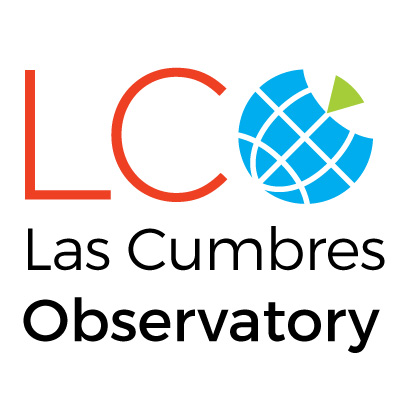Lupus 3 is a mighty cosmic blob that stretches across the sky. When observed from Earth, it appears as a huge blanket in the sky covering an area of almost the diameter of 24 Moons. It houses many popular infant stars known as T Tauri stars, which will eventually grow up into fully fledged stars eating material from Lupus 3.

Did you know the clash of matter and energy can create magical fireworks in the sky? On Earth, one can see this as glowing auroras or powerful lightning strikes beaming across the sky. What happens when such clashes take place in space?
Recently, astronomers captured a massive star-forming interstellar cloud called Lupus 3, using the NSF NOIRLab’s Dark Energy Camera (DECam) at Cerro Tololo Inter-American Observatory, in Chile. Lupus 3 is located about 500 light-years away from our Earth towards the constellation Lupus - also nicknamed the Wolf, a cosmic wonderland, home to violent ‘clashes’!
Right at the heart of Lupus 3 lie two blue baby stars, HR 5999 and HR 6000, bursting to life from their stellar nest. The energy from the bright young stars and protostars is so strong that they light up the vast interstellar clouds of dust and gas in the neighborhood. And the clouds reflect back the light from these stars, creating a magical reflection nebulae in the process. The energy from the two baby blue stars created a dazzling blue reflection nebula known as Bernes 149.
The two baby stars initially grew up in the dusty dark alleys of the Lupus 3 nebula. Astronomers found that even though they are only a million years old, HR 5999 and HR 6000 are the oldest stars in the Lupus region. The main source of energy for these stars is gravity that compresses and heats up materials inside, unlike our Sun, powered by nuclear fusion. Eventually the stars gather a lot of energy, enough to blow away nearby gas and dust and create the shiny Bernes 149.
Astronomers find this capture extremely useful in studying active star forming regions. Lupus 3 regions also provide researchers important clues on the early stages of star formation.
Image: The two young, low-mass proto-stars HR 5999 and HR 6000 illuminate nearby dust, creating the reflection nebula Bernes 149. These stars grew out of the dusty dark cloud of Lupus 3, part of a larger complex of as many as nine dark clouds. Credits: CTIO/NOIRLab/DOE/NSF/AURA/ T.A. Rector (University of Alaska Anchorage/NSF’s NOIRLab) Image Processing: D. de Martin & M. Zamani (NSF’s NOIRLab)




















